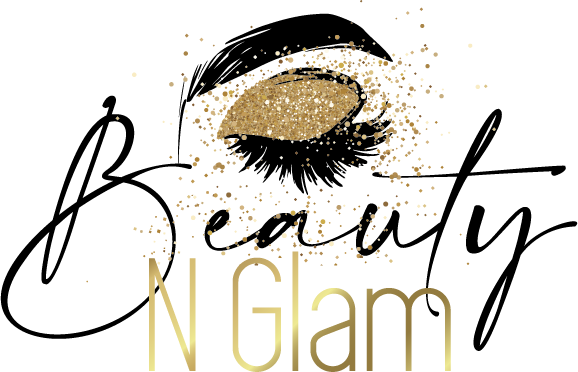see10,000 BCE:
Cosmetics are an integral part of Egyptian hygiene and health. Men and women in Egypt use scented oils and ointments to clean and soften their skin and mask body odor. Oils and creams are used for protection against the hot Egyptian sun and dry winds. Myrrh, thyme, marjoram, chamomile, lavender, lily, peppermint, rosemary, cedar, rose, aloe, olive oil, sesame oil, and almond oil provide the basic ingredients of most perfumes Egyptians use in religious rituals.
4000 BCE:
Egyptian women apply galena mesdemet (made of copper and lead ore) and malachite (bright green paste of copper minerals) to their faces for color and definition. They use kohl (a combination of burnt almonds, oxidized copper, different colored coppers ores, lead, ash, and ochre) to adorn the eyes in an almond shape. Women carry cosmetics to parties in makeup boxes and keep them under their chairs.
3000 BCE:
The Chinese stain their fingernails with gum arabic, gelatin, beeswax, and egg. The colors are used as a representation of social class: Chou dynasty royals wear gold and silver, with subsequent royals wearing black or red. Lower classes are forbidden to wear bright colors on their nails.
Grecian women paint their faces with white lead and apply crushed mulberries as rouge. The application of fake eyebrows, often made of oxen hair, is also fashionable.
1500 BCE:
Chinese and Japanese citizens commonly use rice powder to make their faces white. Eyebrows are shaved off, teeth are painted gold or black, and henna dyes are applied to stain hair and faces.
1000 BCE:
Grecians whiten their complexion with chalk or lead face powder and fashion crude lipstick out of ochre clays laced with red iron.
https://cosmeticsinfo.org/Ancient-history-cosmetics






